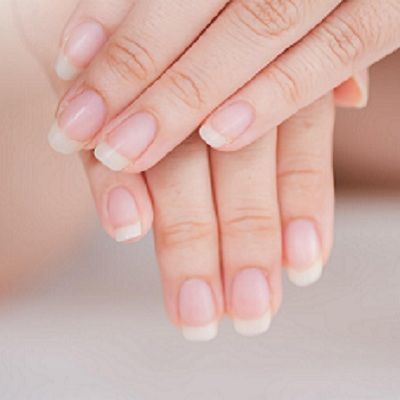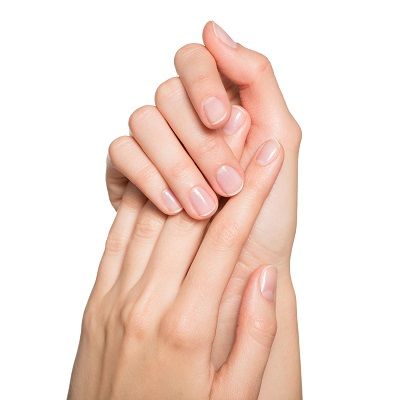
Just like every other part of your body, your nail tell a lot about your health. Healthy nails, in general, tend to be smooth in color and texture.
Nail abnormalities are basically the problems regarding the fingernails’ shape, color, texture, or thickness. While there are several different types of nail abnormalities, it is important to note that most of them are easily treated and are not severe.
Here is a complete need-to-know guide about Nail Abnormalities: symptoms, causes, and prevention in Dubai. Keep reading.
Symptoms:
- Beau lines are depressions that run the length of the fingernail. These lines might appear due to disease, nail injury, dermatitis around the nail, chemotherapy for cancer, or a lack of nutrients.
- Nail thinning or thickening
- Ridges are elevated lines that go across or down the length of the nail.
- The irregular shape of the fingernail is known as koilonychia. The nail is slender and curled inward, with elevated ridges. This condition is linked to iron-deficient anemia.
- Leukonychia is a condition in which white streaks or spots appear on the nails due to medications or sickness.
- Curling or clubbing of the nails are examples of changes in nail form.
- Discoloration (e.g., dark or white streaks)
- Brittle nails. They are a common side effect of growing older. Certain diseases and illnesses can also cause them.
- The occurrence of slight depressions on the nail surface is known as pitting. The nail might also crumble at times;
- Redness, bruising, swelling, and discomfort around the edges of the nails.
- Separation of the nails from the skin.
Causes:
- Infections are a common cause of nail abnormalities.
- Nails grow dry and brittle as they age and become flat or concave instead of convex.
- Injury of any kind to the nail can cause alterations.
- Crushing the nail’s base or bed might result in a lifelong deformity.
- Fungus or yeast leads to an alteration in the coloration, texture, and shape of the fingernails.
- Nail loss is a possibility with severe infections.
- Unless the nail bed is injured, nail-biting (onychophagia) typically does not produce any long-term or significant difficulties.
- Infections of the heart valve, in particular, can generate crimson streaks in the nail bed.
- Clubbing can be caused by disorders that alter the amount of oxygen in the blood (such as cardiac difficulties and lung diseases such as cancer or infection).
- Kidney disease can build up nitrogen waste products in the blood, causing nail destruction. Liver disease might also harm your nails.
- Systemic amyloidosis, starvation, vitamin insufficiency, and lichen planus skin malignancies are all conditions that can deform the nail at the fingertip.
- Skin cancers can distort the nail at the fingertip.
Preventions:
- Hangnails should not be pulled
- Biting or tearing your nails is not a good idea and must be avoided.
- When your nails are soft, clip them after you’ve bathed.
- Visit nail salons with your manicure tools.
- Straightening the nails, softly rounding the tips, and letting the cuticles alone can keep the nails healthy.
- Avoiding the use of nail polish, nail polish removers, and artificial nails for an extended period is important.
- Nail anomalies can be kept to a minimum and readily managed with adequate care and attention.
- Practice good hygiene; avoid sharing hand towels.
- Use proper care after usage of nail polish and artificial nails.
Best Nail Treatments in Dubai
Antibiotics are the most effective method of treating bacterial illnesses. In some cases, however, oral pills and ointments work well as well. You should also see your dermatologist on a regular basis so that he can provide you with advice on how to take care of your nails properly.
Book an Appointment!
Ready to discover more about Nail Abnormalities: Symptoms, Causes, and Prevention? Book your appointment at Dynamic clinic.










